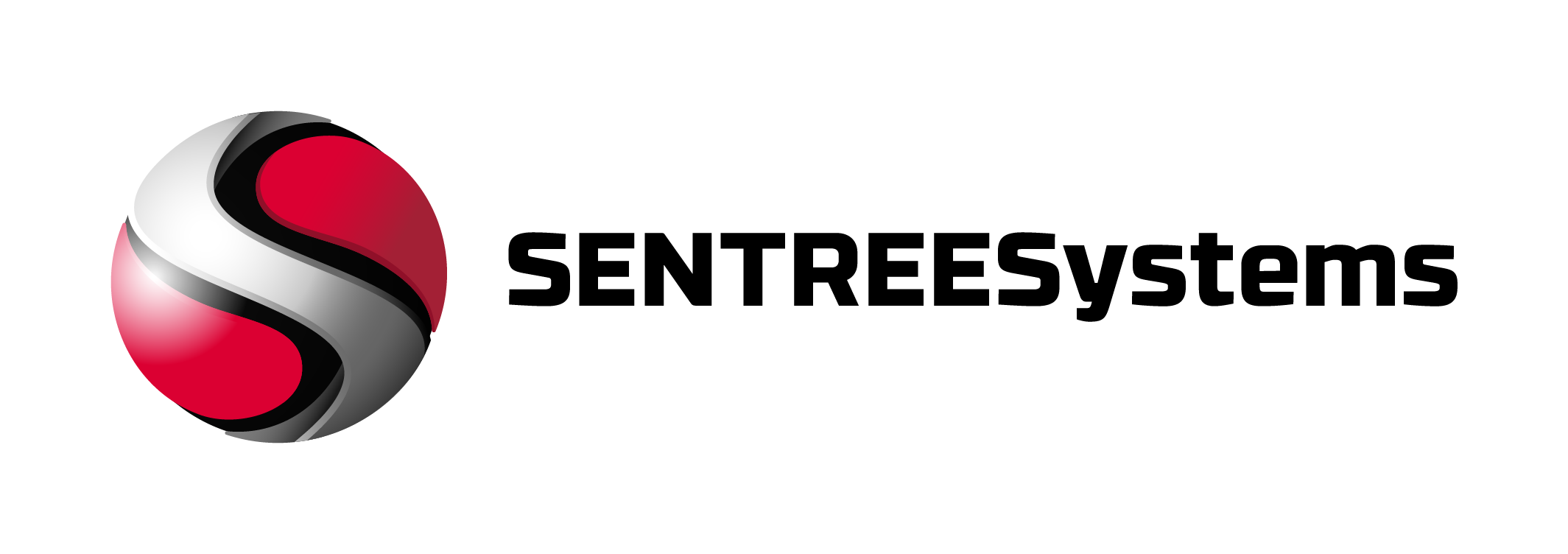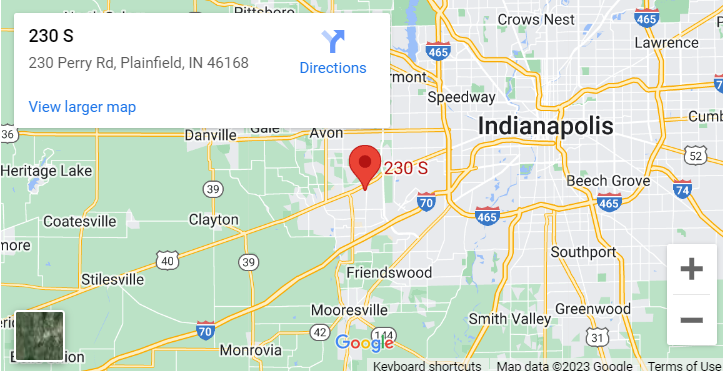Your payment processing system could be a data breach waiting to happen. Every time your business accepts a credit card payment, you’re handling sensitive cardholder data that cybercriminals desperately want to steal. That’s exactly why the Payment Card Industry Data Security Standard (PCI DSS) exists – and why you need a comprehensive PCI DSS compliance checklist to protect your business from devastating financial and legal consequences.
I’ve worked with hundreds of business owners who thought PCI compliance was optional or something they could handle later. Many learned the hard way that a single breach can cost anywhere from $10,000 to millions in fines, legal fees, and lost customers. The good news? PCI DSS compliance doesn’t have to be overwhelming when you have the right roadmap.
Key Takeaways
- PCI DSS compliance is mandatory for any business that processes, stores, or transmits credit card data – regardless of size
- Four compliance levels exist based on annual transaction volume, with different requirements for each level
- Twelve core requirements form the foundation of PCI DSS, covering everything from network security to access controls
- Non-compliance costs are severe – fines range from $5,000 to $100,000 per month, plus breach remediation expenses
- Regular validation is required through self-assessments or third-party audits, depending on your merchant level
Understanding PCI DSS Compliance Requirements
PCI DSS isn’t a suggestion. It’s a mandatory set of security standards created by major credit card companies to protect cardholder data. The standard applies to every business that accepts credit cards, from small retailers to large enterprises.
Your compliance level depends on how many credit card transactions you process annually:
| Merchant Level | Annual Transaction Volume | Validation Requirements |
|---|---|---|
| Level 1 | Over 6 million | Annual on-site audit by QSA |
| Level 2 | 1-6 million | Annual SAQ + quarterly vulnerability scans |
| Level 3 | 20,000-1 million (e-commerce) | Annual SAQ + quarterly vulnerability scans |
| Level 4 | Under 20,000 (e-commerce) or under 1 million (other) | Annual SAQ + quarterly vulnerability scans |
Most small to medium businesses fall into Level 4, but don’t assume this means easier requirements. The core security standards remain the same across all levels.
The Cost of Non-Compliance
I’ve seen businesses get hit with monthly fines starting at $5,000 for Level 4 merchants and escalating to $100,000 for Level 1. But fines are just the beginning. A data breach can trigger:
- Forensic investigation costs ($50,000-$500,000)
- Card replacement fees ($2-$5 per compromised card)
- Legal fees and lawsuit settlements
- Lost customers and damaged reputation
- Potential criminal liability for executives
Complete PCI DSS Compliance Checklist
This PCI DSS compliance checklist breaks down all twelve requirements into actionable steps you can implement immediately. I’ve organized them by priority, starting with the most critical security controls.
Requirement 1 & 2: Network Security Foundation
Install and maintain firewalls and secure system configurations
- Deploy firewalls at every network entry point
- Configure firewall rules to deny all unnecessary traffic
- Document your network architecture and data flows
- Remove or disable all default passwords and security parameters
- Develop configuration standards for all system components
- Encrypt all non-console administrative access
Requirement 3 & 4: Data Protection
Protect stored cardholder data and encrypt transmission
- Minimize cardholder data storage (best practice: don’t store it at all)
- Never store sensitive authentication data after authorization
- Mask account numbers when displayed (show only first 6 and last 4 digits)
- Encrypt all cardholder data transmissions over public networks
- Use strong cryptography and security protocols (TLS 1.2 or higher)
- Implement proper key management procedures
Requirement 5 & 6: System Maintenance
Maintain updated antivirus software and secure applications
- Deploy anti-virus software on all systems affected by malware
- Keep anti-virus software current and actively running
- Establish a process to identify security vulnerabilities
- Install vendor-provided security patches within one month
- Develop applications based on secure coding guidelines
- Test all security patches and system changes before deployment
Requirements 7 & 8: Access Controls
Restrict access to cardholder data and authenticate users
- Limit access to cardholder data by business need-to-know
- Establish an access control system with role-based restrictions
- Assign unique IDs to each person with computer access
- Implement proper user authentication procedures
- Use multi-factor authentication for remote access
- Regularly review user accounts and remove unused accounts
Requirements 9 & 10: Physical Security and Monitoring
Restrict physical access and log all network activity
- Use facility entry controls to limit physical access
- Physically secure all media containing cardholder data
- Implement network resource logging for all system components
- Synchronize all critical system clocks and times
- Secure audit trails against alteration
- Review logs daily for security events
Requirements 11 & 12: Testing and Documentation
Test security systems regularly and maintain security policies
- Run quarterly vulnerability scans by an Approved Scanning Vendor
- Conduct annual penetration testing
- Deploy file integrity monitoring on critical files
- Establish and maintain an information security policy
- Create a daily operational security procedures manual
- Implement a formal security awareness program for all personnel
Implementation Strategy for Small Businesses
Most small businesses make the mistake of trying to tackle everything at once. That approach leads to compliance fatigue and critical gaps in security. Here’s how I recommend prioritizing your PCI compliance efforts:
Phase 1: Immediate Actions (30 days)
- Stop storing unnecessary cardholder data
- Update all default passwords
- Install and configure basic firewall protection
- Implement SSL/TLS encryption for all card transactions
- Create an inventory of all systems that handle cardholder data
Phase 2: Core Security Controls (60 days)
- Deploy endpoint protection on all relevant systems
- Establish user access controls and authentication
- Begin logging and monitoring network activity
- Conduct initial vulnerability assessment
- Document your security policies and procedures
Phase 3: Advanced Controls and Testing (90 days)
- Complete quarterly vulnerability scanning
- Implement file integrity monitoring
- Conduct security awareness training
- Perform initial penetration testing
- Complete and submit your Self-Assessment Questionnaire
The PCI Security Standards Council provides official documentation and resources to help guide your compliance efforts. Their website includes the complete standard, self-assessment questionnaires, and approved vendor lists.
Common Implementation Pitfalls
I’ve watched too many businesses stumble on these preventable mistakes:
- Assuming compliance is a one-time event – PCI DSS requires ongoing maintenance and annual validation
- Focusing only on technology – People and processes are equally important
- Ignoring third-party vendors – Your payment processors and service providers must also be compliant
- Treating compliance as IT’s problem – Business owners and executives must be actively involved
- Cutting corners on documentation – Auditors will ask for evidence of every control
Ongoing Compliance Management
Achieving initial PCI DSS compliance is just the beginning. Maintaining compliance requires consistent effort and regular validation. Here’s what you need to establish for long-term success:
Monthly Tasks
- Review access logs for unusual activity
- Update anti-virus definitions and run system scans
- Apply critical security patches
- Review user access rights and remove unnecessary accounts
Quarterly Requirements
- Complete vulnerability scans by an Approved Scanning Vendor
- Review and update security policies
- Test backup and recovery procedures
- Conduct security awareness refresher training
Annual Obligations
- Complete Self-Assessment Questionnaire (SAQ)
- Conduct penetration testing
- Review and update incident response procedures
- Validate Attestation of Compliance with acquiring bank
The Federal Trade Commission also provides valuable guidance on data security best practices that complement PCI DSS requirements.
Conclusion
PCI DSS compliance isn’t optional, and it’s not something you can afford to ignore. The financial and reputational risks of non-compliance far outweigh the investment required to implement proper security controls. This PCI DSS compliance checklist gives you a clear roadmap to protect your business and your customers’ sensitive data.
Start with the Phase 1 immediate actions today. Don’t wait for a breach to force your hand. Your business, your customers, and your peace of mind depend on taking action now.
FAQ
Do I need PCI DSS compliance if I use a third-party payment processor?
Yes, you still need to be compliant even when using third-party processors. While using a compliant payment processor can reduce your scope, you’re still responsible for securing any systems that handle, process, or store cardholder data. The specific requirements depend on how your payment processing is integrated, but every merchant must validate their compliance annually using the appropriate PCI DSS compliance checklist.
How much does PCI DSS compliance cost for a small business?
Compliance costs vary widely based on your current security posture and business complexity. Small businesses typically spend $2,000-$15,000 annually on compliance activities, including vulnerability scanning, security tools, and potential consulting fees. However, this investment is minimal compared to the potential costs of a data breach or non-compliance fines.
What happens if I fail a PCI DSS audit or assessment?
Failing an assessment doesn’t immediately trigger fines, but you’ll receive a remediation timeline to address identified issues. Your acquiring bank may impose restrictions on your merchant account until you achieve compliance. Continued non-compliance can result in monthly fines, increased transaction fees, or termination of your ability to process credit cards.
Can I handle PCI DSS compliance myself, or do I need professional help?
Many small businesses can achieve Level 4 compliance through self-assessment, especially if they minimize their cardholder data environment. However, professional help is often worthwhile for initial gap assessments, policy development, and complex technical implementations. The key is understanding your limitations and getting expert guidance when needed.



